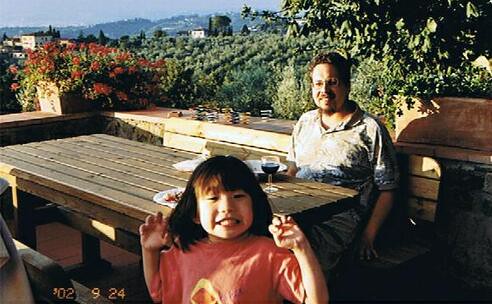|
|
🦋 Ensemble Autobiography
Just then Slippers, the bouncer, came into the bar and yelled: "Hello, Mayann. What in the world are you doing out on the stroll tonight?"
When she told him we were making the rounds he thought it was the cutest thing he had seen in a long time. Then he insisted that we have a drink with him.
By this time my mother and I were getting pretty tight, and we had not visited even half of the joints. But we were determined to make them all; that was our agreement and we intended to stick to it. Besides we were both having a fun time meeting the people who loved us and spoke our language. We knew we were among our people. That was all that mattered. We did not care about the outside world.
Autobiography and memoir have never been my cup of tea, really. But right now I am reading two autobiographies and digging them (Fug You, and Satchmo: My life in New Orleans), and I'm thinking I may have figured out how to read and enjoy the genre. Essentially it is this: don't read the book as the life story of the person who wrote it; read it as you would read a novel, and paying special attention to the "minor characters", that is to say the people around the author. A well-written memoir -- and these very different books are both well-written -- will give you some insight into the lives of the people who are not its primary subject, and this insight can allow you to see yourself in the picture.
posted evening of Wednesday, February 22nd, 2012
➳ More posts about Satchmo
➳ More posts about Readings
➳ More posts about Fug You

I've been really craving a reread of that Louis Armstrong memoir lately, and I've already read it at least two or three times over the years. Amazing stuff! I like your idea for keeping track of the "minor characters" in a memoir and will have to try to keep that in mind for future use. I'm pretty sure Black Benny will remain my favorite "minor character" from Satchmo, but who knows?!?
posted evening of February 22nd, 2012 by Richard

Black Benny is great, no question.
Dan Morgenstern's introduction to the new edition of Satchmo has me wondering about the language of the book prior to editing -- Morgenstern says of the original typescript (which is in archives at Rutgers, not too far away!) that "substantial editing was done,... mostly a matter of changing Armstrong's three-dot style to conventionally punctuated sentence-structure." Makes me wish a page or two of facsimile had been included with the edition.
posted morning of February 24th, 2012 by Jeremy
| |
|
Drop me a line! or, sign my Guestbook.
•
Check out Ellen's writing at Patch.com.
| |

